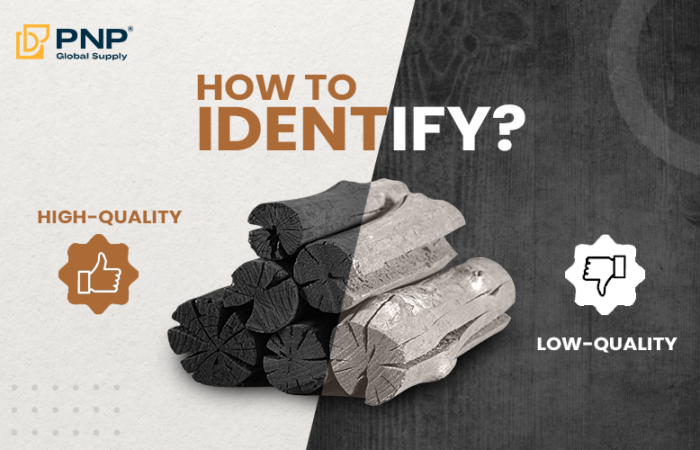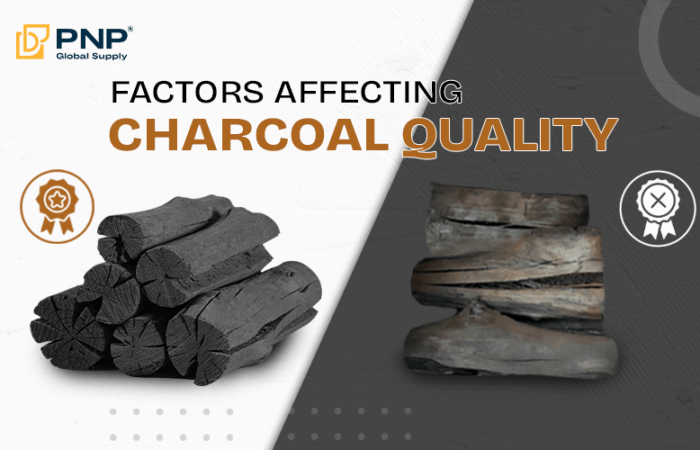Charcoal types play a crucial role in every outdoor cooking adventure, yet it’s often overlooked during trip planning. Camping is one of the most beloved outdoor activities for those who enjoy adventure, nature, and the satisfaction of cooking under the open sky. While most campers prioritize tents, backpacks, or portable stoves, the type of charcoal used can significantly affect the flavor of your food and the ease and safety of your cooking process. In this article, we’ll explore which charcoal types are most suitable for camping, examine the differences between them, and offer practical tips to help you make an informed decision for your next trip into the wild.
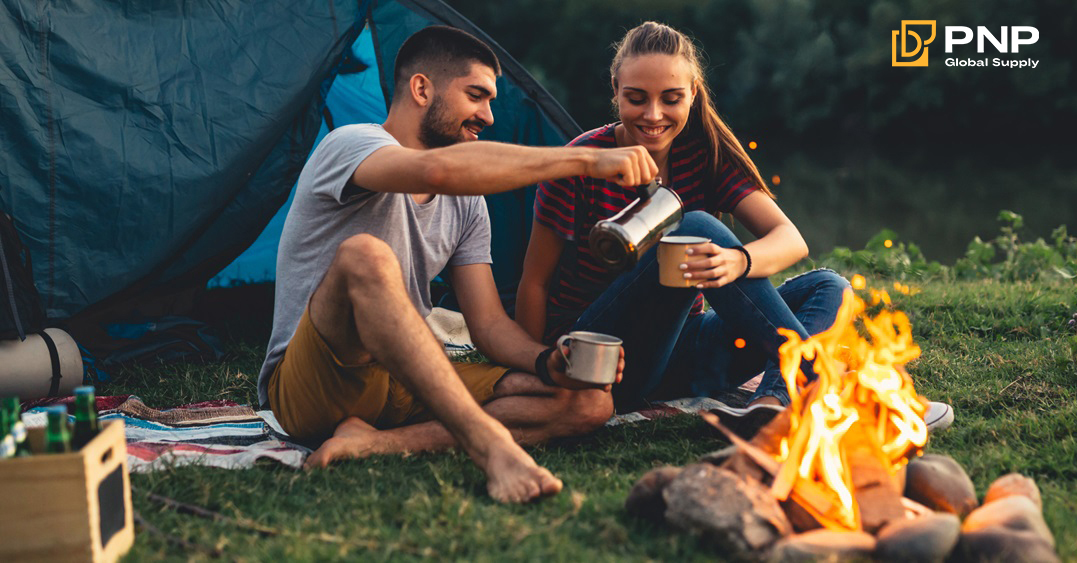
Why Charcoal Choice Matters for Outdoor Cooking
Not all charcoal is created equal, and when you’re cooking outdoors—sometimes in unpredictable weather or rugged environments—the fuel you use becomes even more important. The right charcoal type can save you time, reduce smoke and ash, create better flavors, and ensure your fire stays lit when you need it most. If you’re in a remote campsite without access to backup fuel or lighter fluid, using high-quality, easy-to-light charcoal can mean the difference between a satisfying hot meal and a frustrating experience.
Furthermore, campsites often have restrictions on open flames or materials that produce heavy smoke. Some national parks or protected areas only allow certain types of charcoal due to environmental regulations. That’s why choosing the right type of camping BBQ charcoal should be a deliberate part of your gear preparation.
Common Charcoal Types and Their Suitability for Camping
There are several charcoal types available on the market, and each has its own unique characteristics, pros, and cons. The main types include lump charcoal, charcoal briquettes, instant light charcoal, and eco-friendly alternatives like coconut shell or coffee wood charcoal. Each serves different purposes depending on your cooking style, trip duration, and environmental concerns.
Lump Charcoal
Lump charcoal is made by burning hardwoods in a low-oxygen environment until only carbon remains. It contains no chemical additives, making it a favorite among grill masters who prefer natural flavors. For camping, lump charcoal offers several benefits. It ignites quickly and reaches high temperatures in a short time, making it perfect for searing meats or cooking quick meals before sunset. It also produces minimal ash, which is great when you’re trying to leave no trace at your campsite.
However, lump charcoal burns faster than other types, meaning you’ll need to pack more if you’re planning multiple meals or a longer trip. Additionally, the irregular shape of the lumps can make them tricky to pack efficiently.
Charcoal Briquettes
Charcoal briquettes are made from compressed charcoal powder mixed with binding agents, often with a uniform size and shape. These are known for their long, consistent burn and are ideal for slow cooking or group meals that require even heat over a longer period.
For camping, briquettes are a practical choice if you’re setting up a more stationary cooking area or planning to grill larger portions over time. They’re generally more affordable and easier to pack due to their uniform shape. However, they do produce more ash than lump charcoal, and some brands may contain chemicals that affect the flavor or raise safety concerns. It’s advisable to choose natural briquettes without additives if you’re going to cook directly over the coals.
Instant Light Charcoal
This type of charcoal is pre-soaked in lighter fluid and designed to ignite with a single match. While convenient, especially for beginners or emergency situations, instant light charcoal is not the best choice for campfire cooking. The chemicals used to make them self-igniting can release unpleasant fumes that alter the taste of your food, and they may not comply with fire regulations in some natural areas.
If you’re in a hurry and not planning to cook directly over the charcoal, this could be a last-resort option. But for those who prioritize flavor and environmental safety, other options are better suited for camping.
Eco-Friendly Charcoal
In recent years, environmentally conscious campers have started turning to sustainable charcoal options like coconut shell charcoal and coffee wood charcoal. These are made from agricultural byproducts, making them renewable and biodegradable. They burn hotter and longer than most traditional charcoals, and they produce significantly less smoke, which is a key advantage in forested or dry areas where fire risks are high.
Coconut shell charcoal is lightweight, making it a great fit for backpackers or those with limited space. Coffee charcoal, made from coffee tree branches, offers a steady, high-heat burn and is becoming increasingly popular in the premium BBQ world. These natural charcoal for camping options tend to be more expensive, but the clean burn, low environmental impact, and excellent performance often justify the cost.
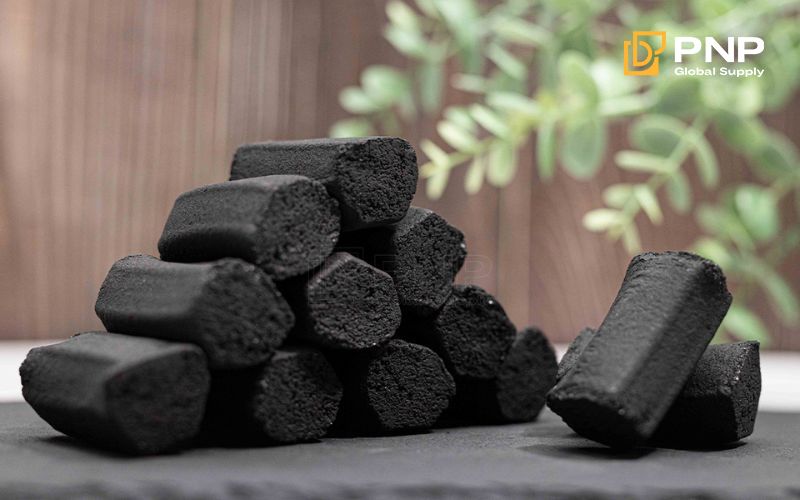
Comparing Lump Charcoal vs Briquettes for Camping
A common question among outdoor enthusiasts is whether lump charcoal or briquettes are better for camping. The answer largely depends on your cooking style, trip length, and storage space. Lump charcoal is ideal for short trips where quick, hot cooking is needed. It’s natural, produces less ash, and enhances food flavor with a subtle smoky aroma. However, its fast burn rate means you may need to carry a larger quantity.
Briquettes, on the other hand, are more suited for slow, steady cooking. Their consistent shape and long burn time make them efficient and reliable. If you’re cooking for a group or preparing meals that require longer grilling, briquettes may be your best bet. The key is to avoid chemically treated varieties, which are less suitable for food preparation.
Some campers find it effective to combine both—starting the fire with lump charcoal and maintaining heat with briquettes. This hybrid method can give you the best of both worlds.
Learn the difference between Lump Charcoal and Briquette in the article below: Lump Charcoal vs Briquette: Comprehensive Grilling Comparison
Choosing the Best Charcoal Types for Your Camping Needs
Before deciding which charcoal type to bring on your next outdoor trip, consider a few key factors. First, think about the duration of your trip and how many meals you plan to prepare. If it’s a short overnight stay, lump charcoal might be enough. For longer excursions, briquettes or eco-friendly options that burn longer will save you the hassle of constant refueling.
Next, consider weight and portability. Lightweight charcoal for camping, such as coconut shell charcoal, is ideal for those hiking into remote areas. If you have access to a car or RV, weight becomes less of a concern, and you can bring larger quantities or combine different types.
Also, pay attention to local regulations. Some parks ban the use of synthetic fire starters or require campers to use only clean-burning fuels. Choosing eco-friendly charcoal for camping helps you stay compliant while reducing your ecological footprint.
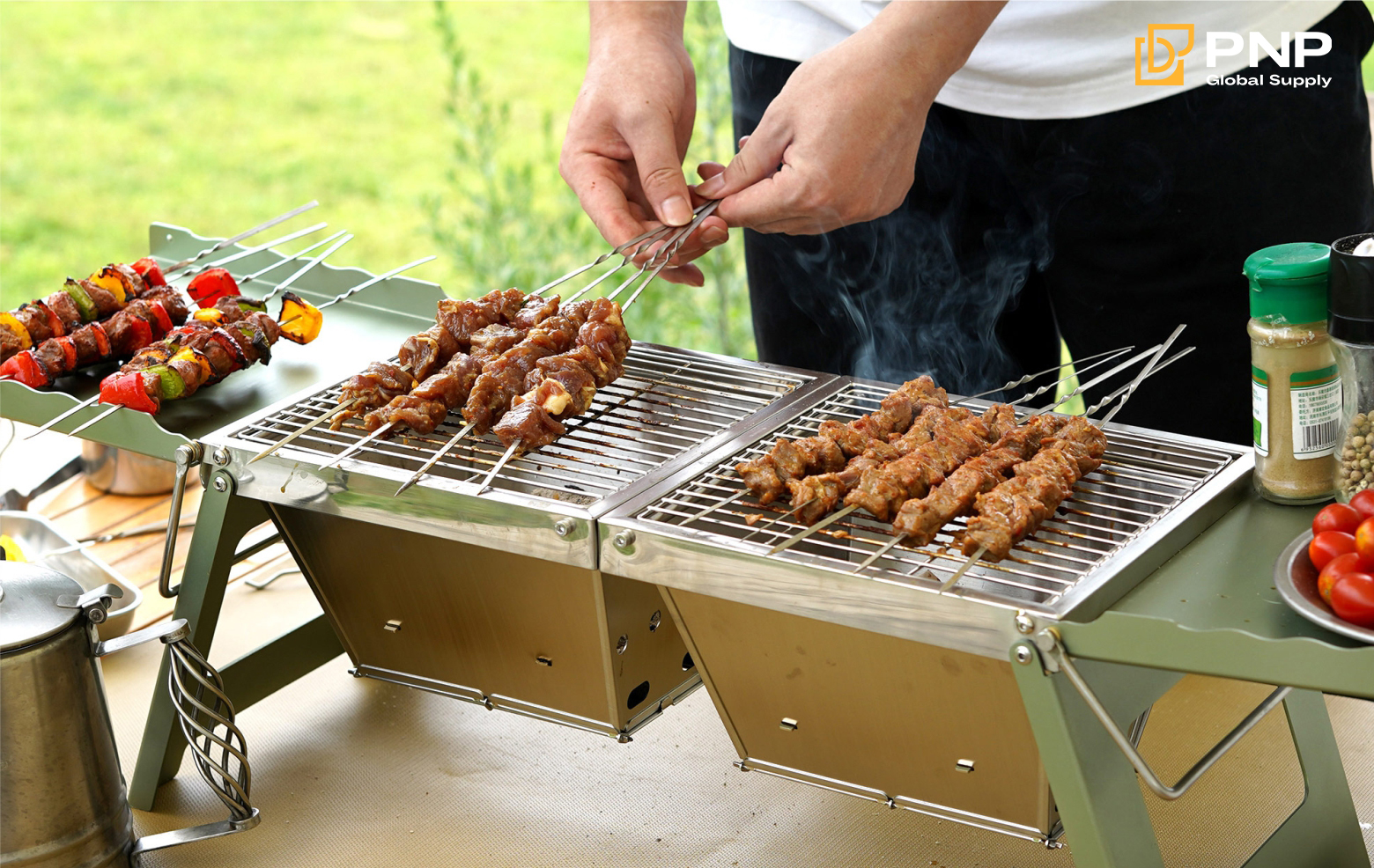
Storage, Safety, and Packing Tips
Charcoal must be kept dry, as moisture can significantly affect its ability to ignite and burn efficiently. Use airtight containers or waterproof bags to store your charcoal during travel. If you’re camping in an area prone to rain or morning dew, consider bringing an extra plastic or metal container to store fuel overnight.
When using charcoal outdoors, always follow fire safety protocols. Set up your grill or firepit on stable, non-flammable ground, and never leave hot coals unattended. After cooking, allow the coals to cool completely before disposing of them. Avoid dumping hot ash near trees or tents, and if possible, pack out used charcoal in a sealed metal container.
Where to Buy Quality Charcoal for Camping
Outdoor gear retailers and BBQ specialty stores usually offer a variety of camping-appropriate charcoal types. For those looking for sustainable options, online suppliers like PNP Charcoal provide premium eco-friendly charcoal made from coconut shells or coffee wood. These options are carefully produced for high heat, long-lasting burn time, and minimal smoke—ideal for both grilling and responsible environmental practices.
When shopping, look for clear labeling regarding burn time, material origin, and whether the charcoal contains additives. This information is crucial when selecting the best charcoal types for camping that suit your needs and cooking preferences.
Conclusion
Charcoal types may seem like a small detail when planning your camping trip, but they play a significant role in your outdoor cooking success. From quick-grilling lump charcoal to long-burning briquettes and clean, sustainable coconut or coffee charcoal, there are many charcoal types designed to meet different camping needs. Understanding the strengths and limitations of each charcoal type will help you choose wisely and enjoy delicious meals in the great outdoors.
As camping becomes more popular and environmental awareness continues to grow, more campers are turning to high-performance, eco-conscious charcoal types. If you’re seeking convenience, clean cooking, and flavorful results, selecting the right charcoal type is the first step to a memorable outdoor meal.
For premium charcoal types that support both quality and sustainability, explore the offerings from PNP Charcoal. Whether you’re planning a weekend hike or a week-long camping trip, choosing the right fuel ensures that your meals are as enjoyable as your surroundings.
________________________________
Contact us for more information
Facebook: PNP Charcoal
Instagram: PNP Charcoal
Email: info@pnpglobalsupply.com

